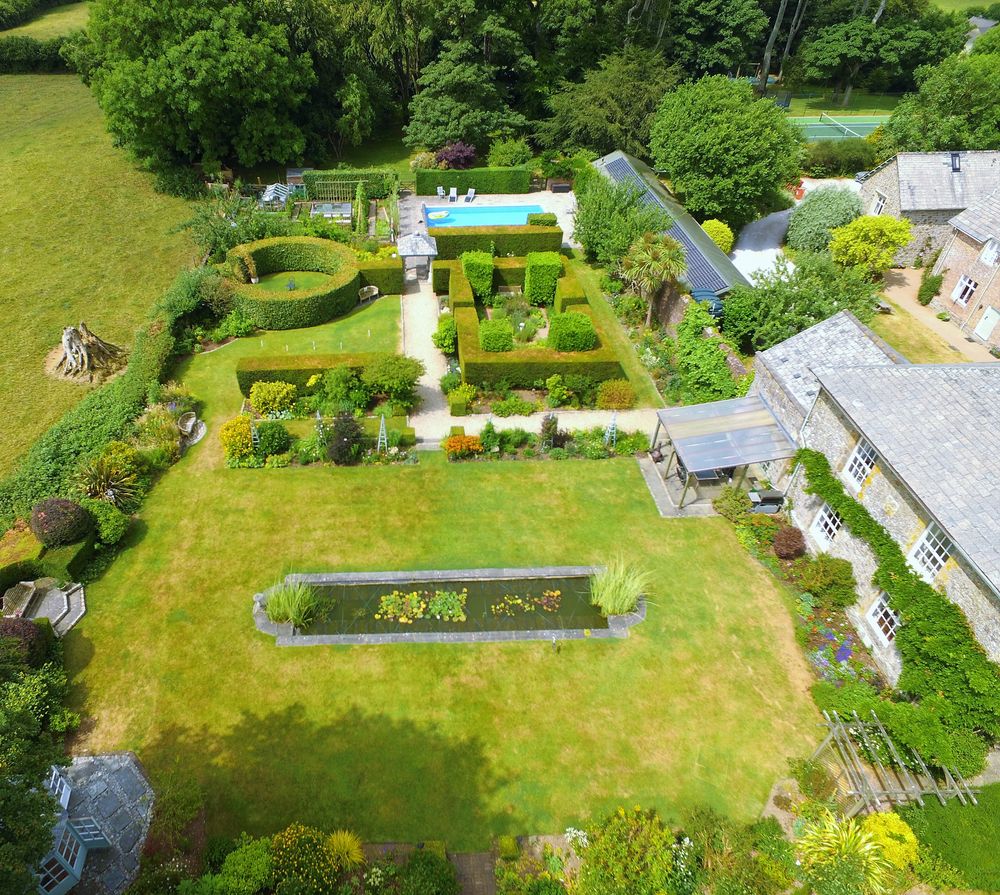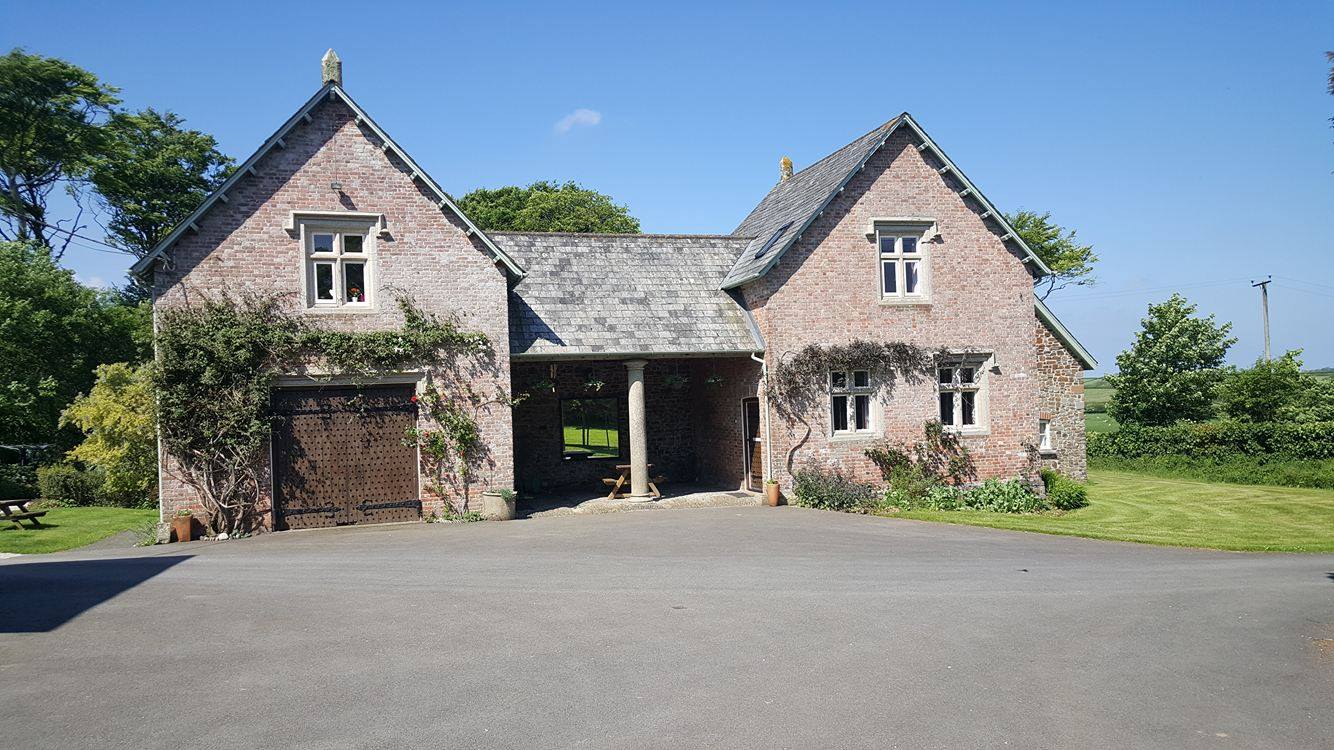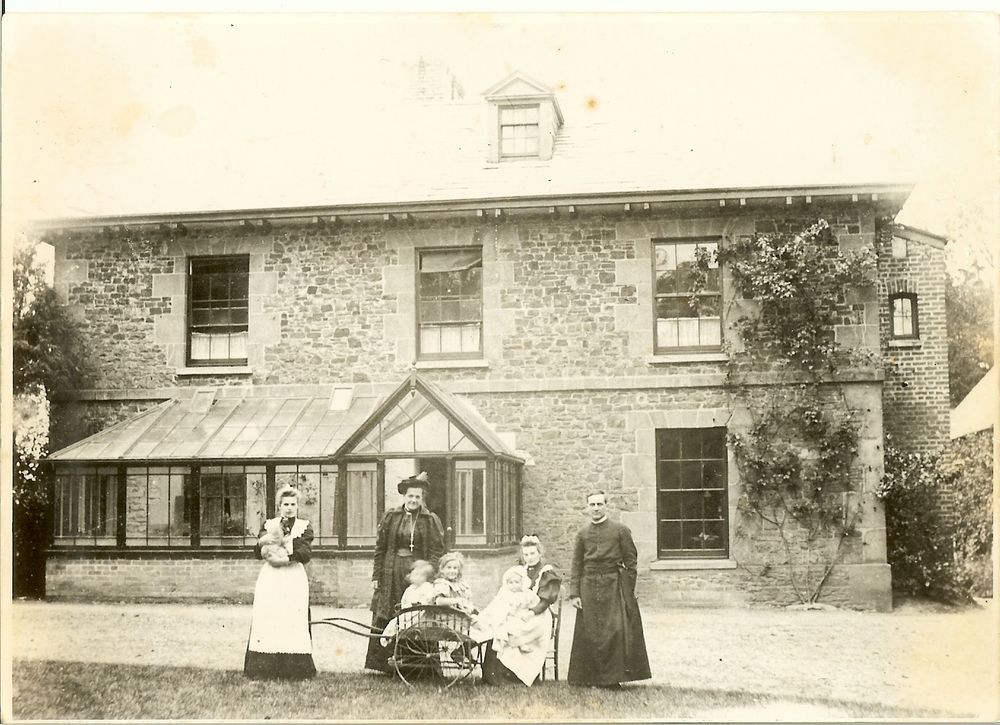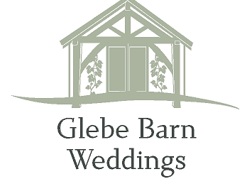About Glebe House
Family Run Business
Glebe House holiday cottages is a family-run business near Bude. Jay, Polly & Nick Brewer moved here in April 2016 to fulfill their lifelong dream of running their own wedding / holiday company.
The family live on-site and are on-hand to ensure that guests have everything that they need and make sure that every guest has a holiday to remember. If you are unsure of what there is to do in the local Bude area or further afield, speak to us and we will happily give you information about any attractions or areas of interest.
Since taking over Glebe House holiday cottages the family has made many improvements including a full renovation to the holiday cottages, a new children’s play area, new equipment for the games room and a new liner for the heated outdoor pool. But we’re not stopping there! Keep your eyes out for further updates on future renovations that we have planned.
We hope you enjoy visiting our website and look forward to welcoming you to Glebe House holiday cottages.


A Little Bit Of History
The village of Bridgerule lies adjacent to the Cornish border, near to Holsworthy in the County of Devon, and Bude in Cornwall. It lies on both sides of the Tamar Valley. The western side lies close to the Bude Canal and was in Cornwall until 1844 when the county boundary was adjusted to bring both Western and Eastern Bridgerule into Devon.
Most of the homes in the village, the Pub and Parish Hall are to the west of the Tamar while the Parish Church, Methodist Chapel, and Primary School are across the Tamar in the eastern area where you will find Glebe House Cottages.
The Parish Church, dedicated to St Bridget and restored in 1878, has a tower of Ashlar granite, wagon roof, modern screen and a very early Norman font. The Norman manor of Tackbear has plaster overmantels and woodwork dated 1693. The name Bridgerule is thought to be derived from Ruald who held the manor in the Domesday Book.
Glebe House was originally the rectory to St Bridget’s church, which can be seen across the valley from the drive of the house and cottages. It was built in circa 1820, and the cottages were originally the farm buildings. The names of the cottages reflect the use that they were once put to.

